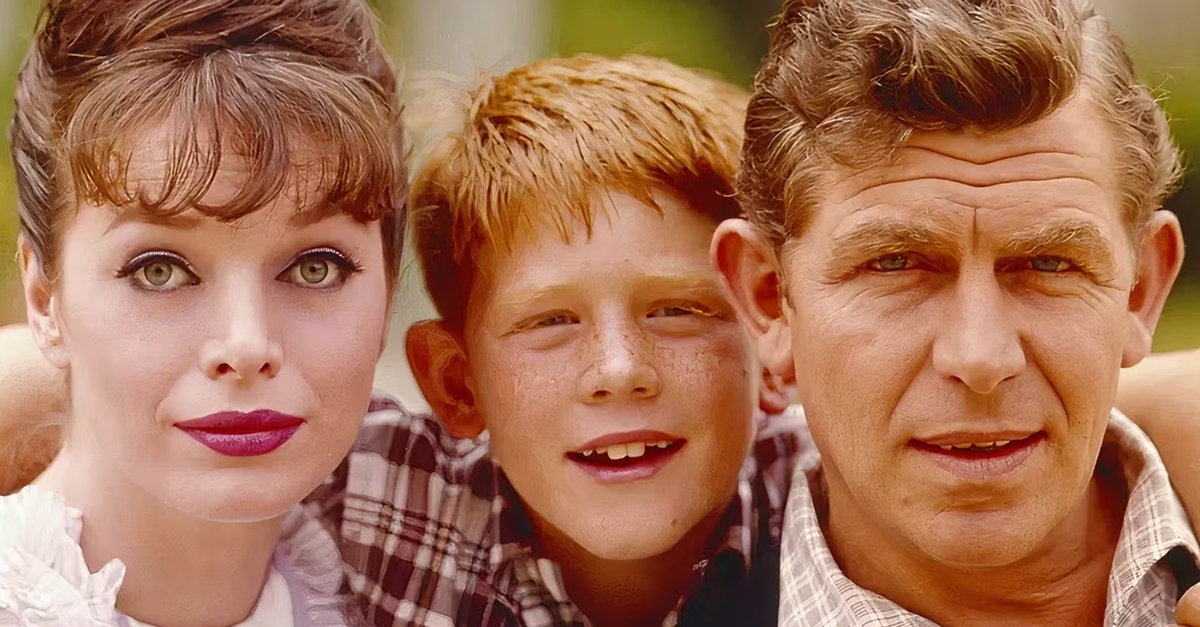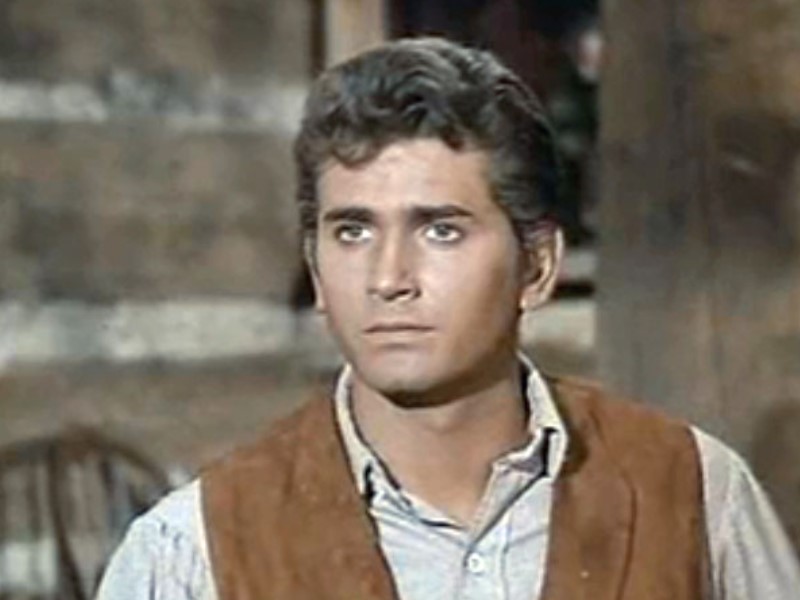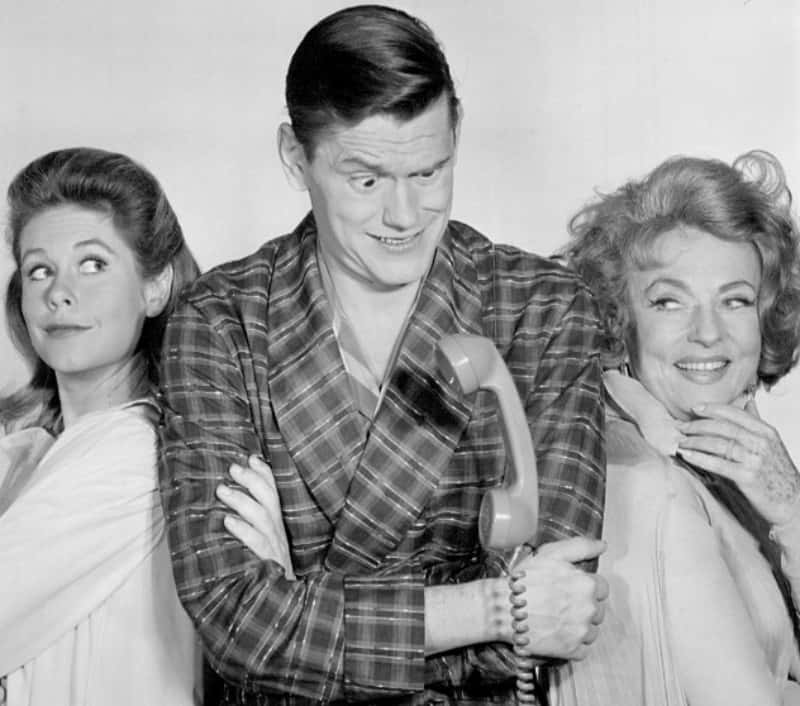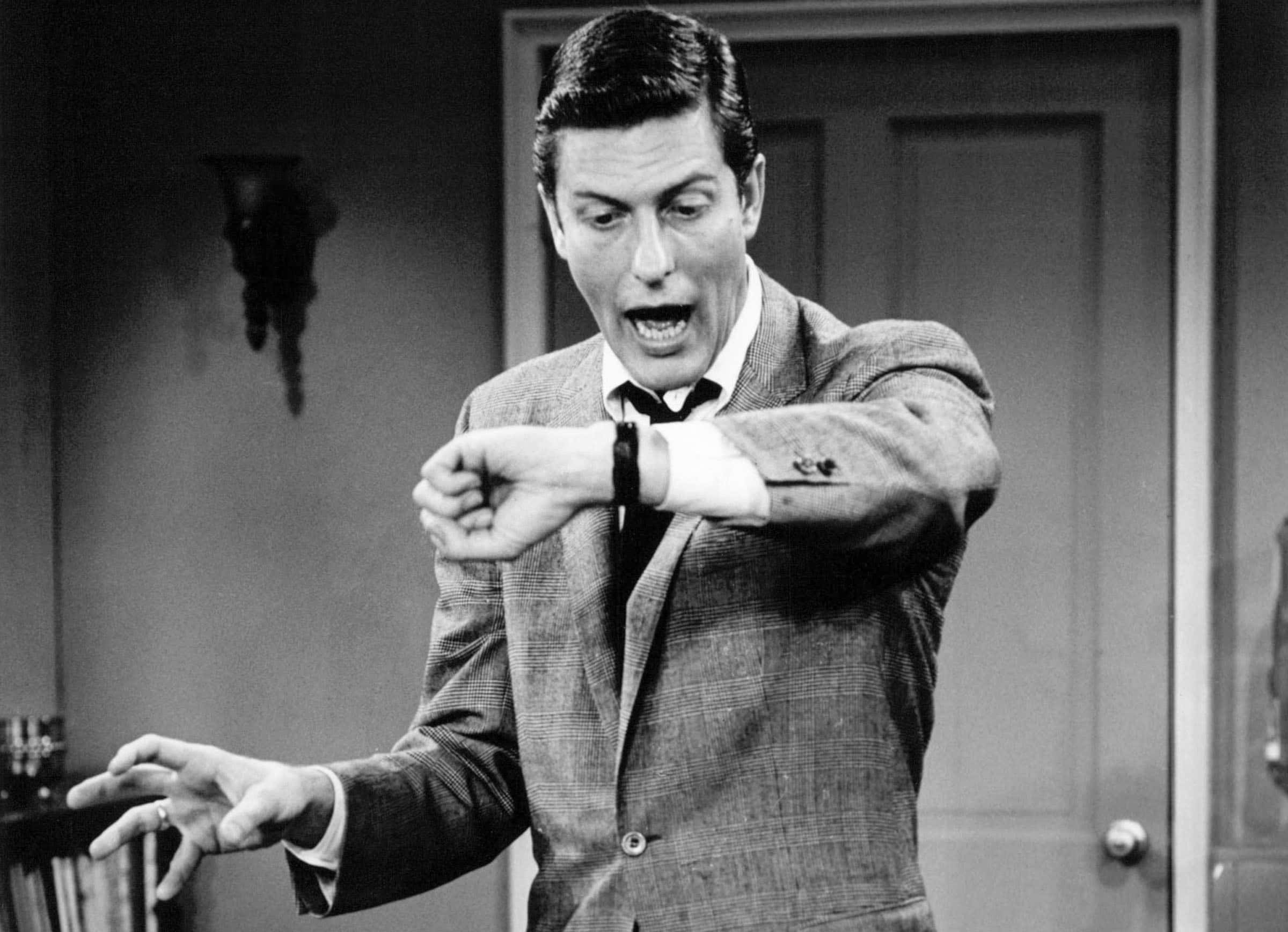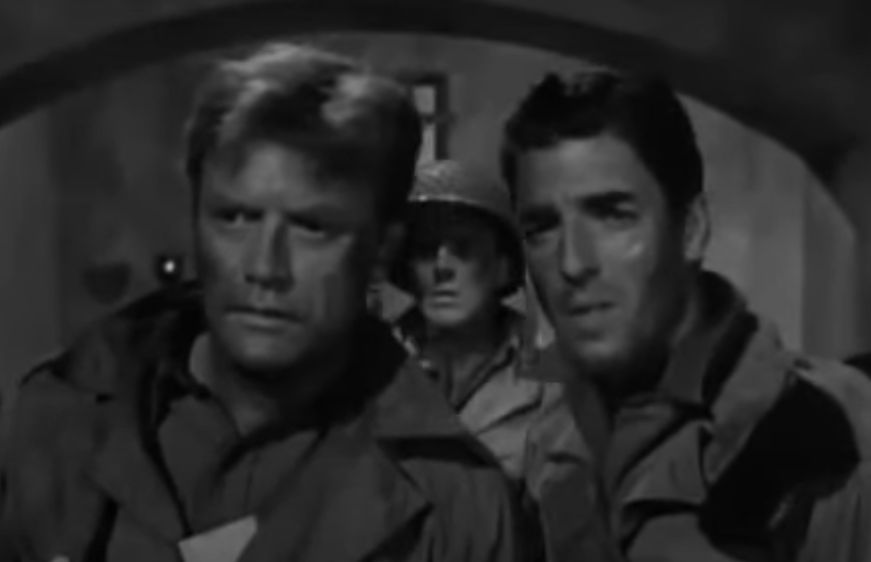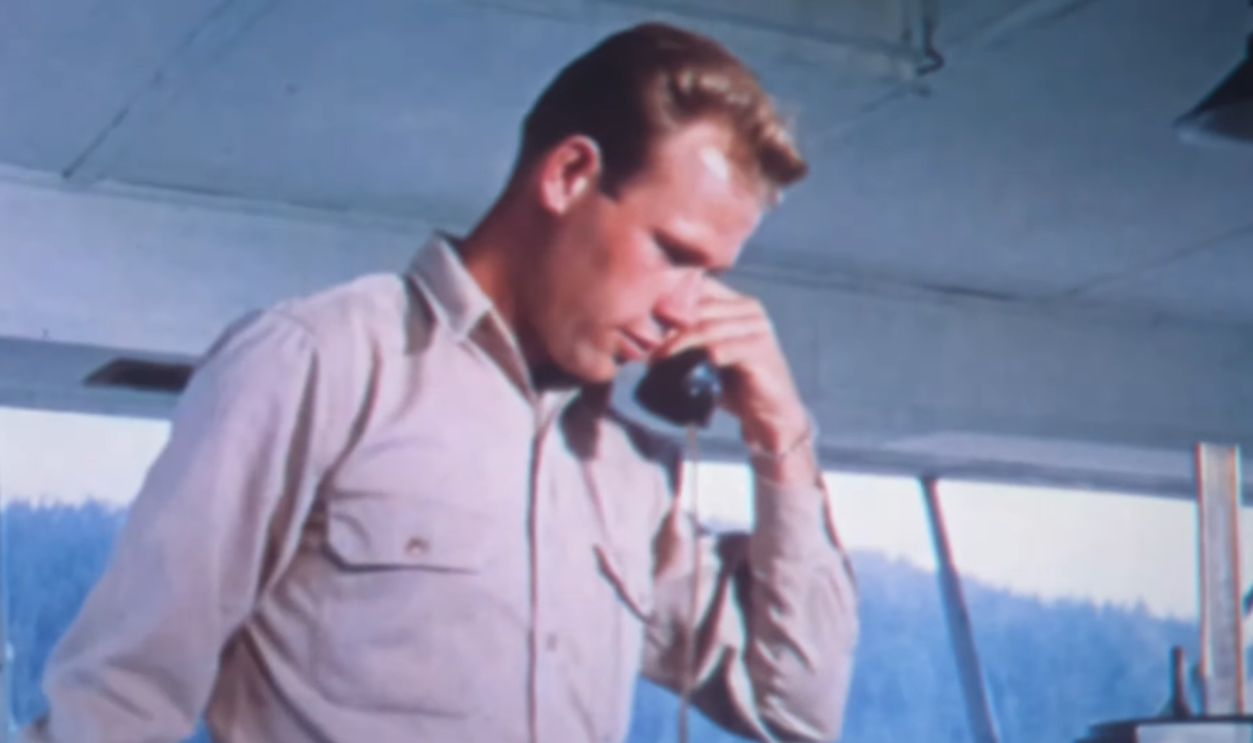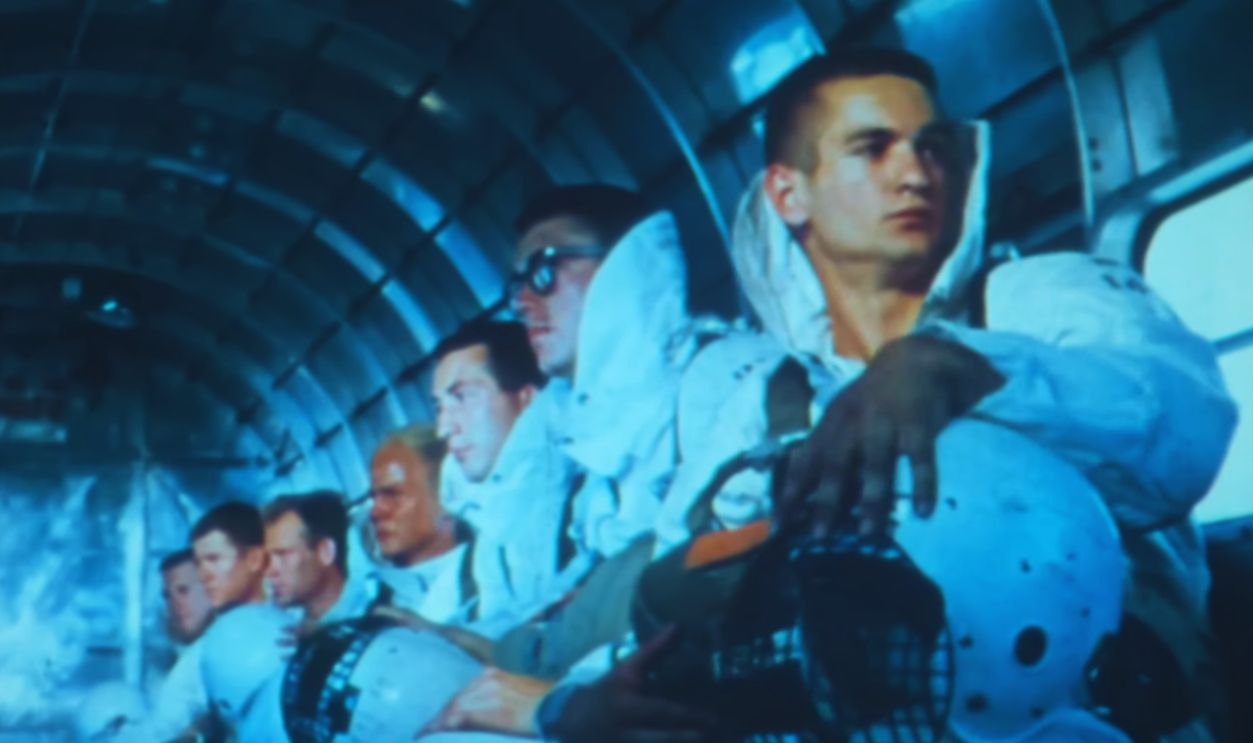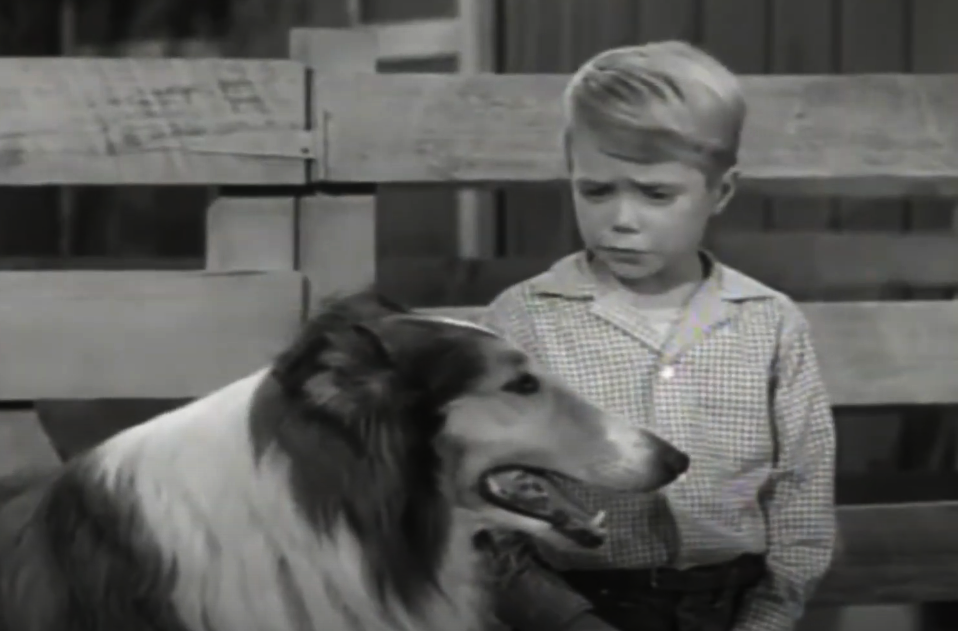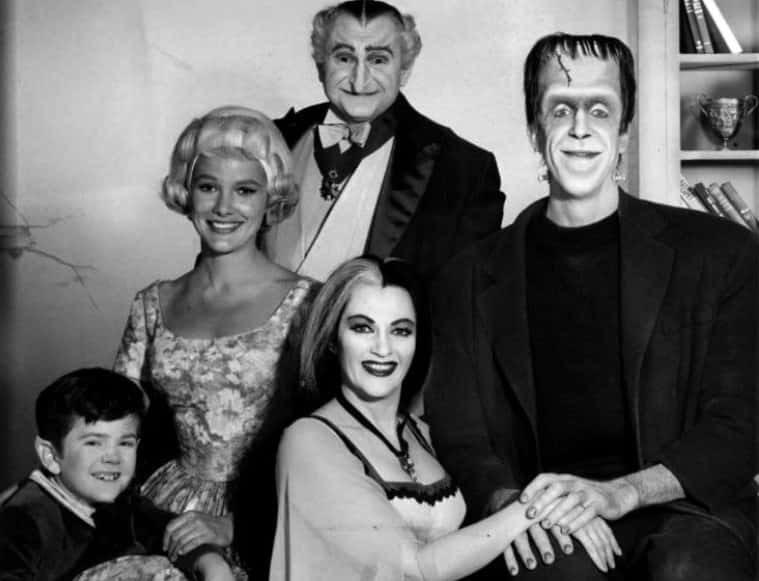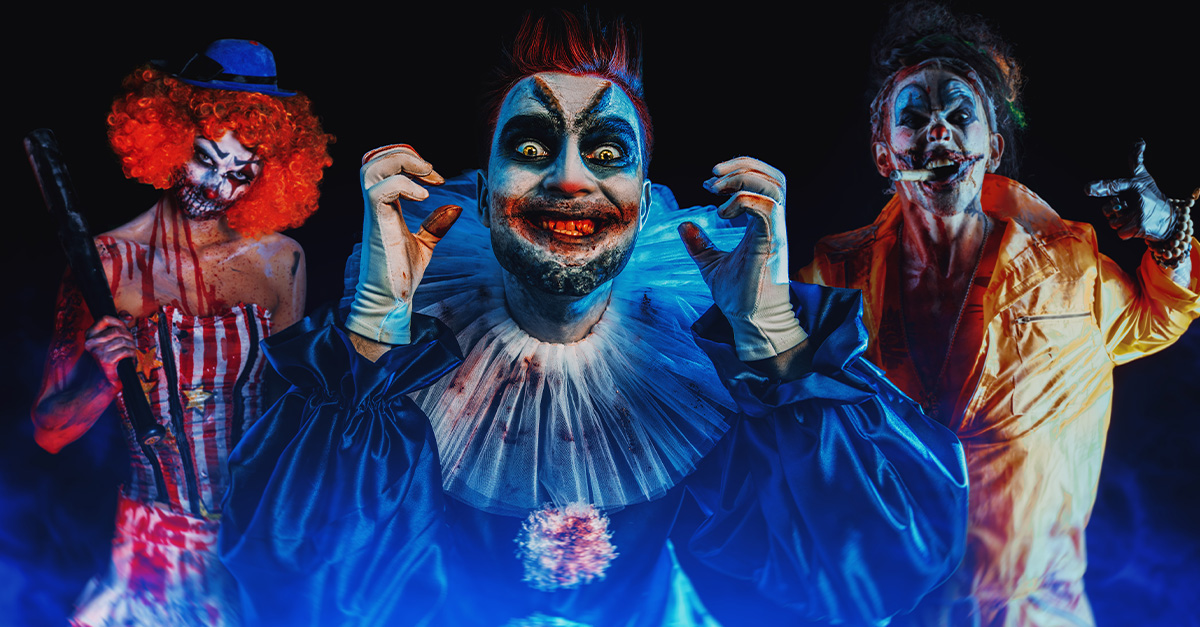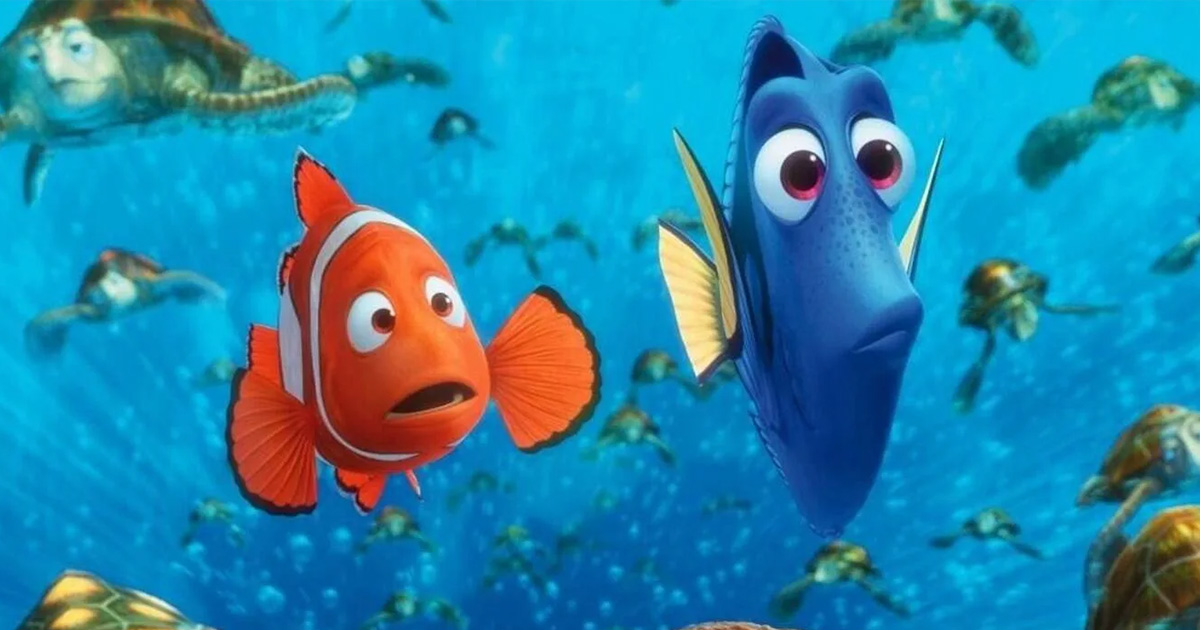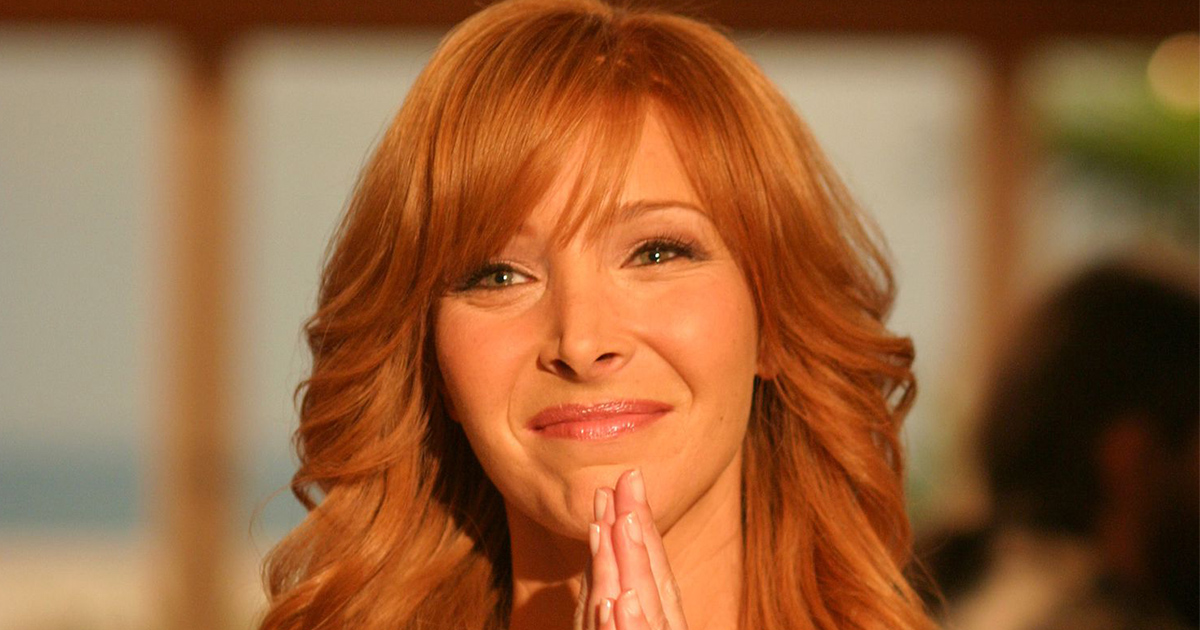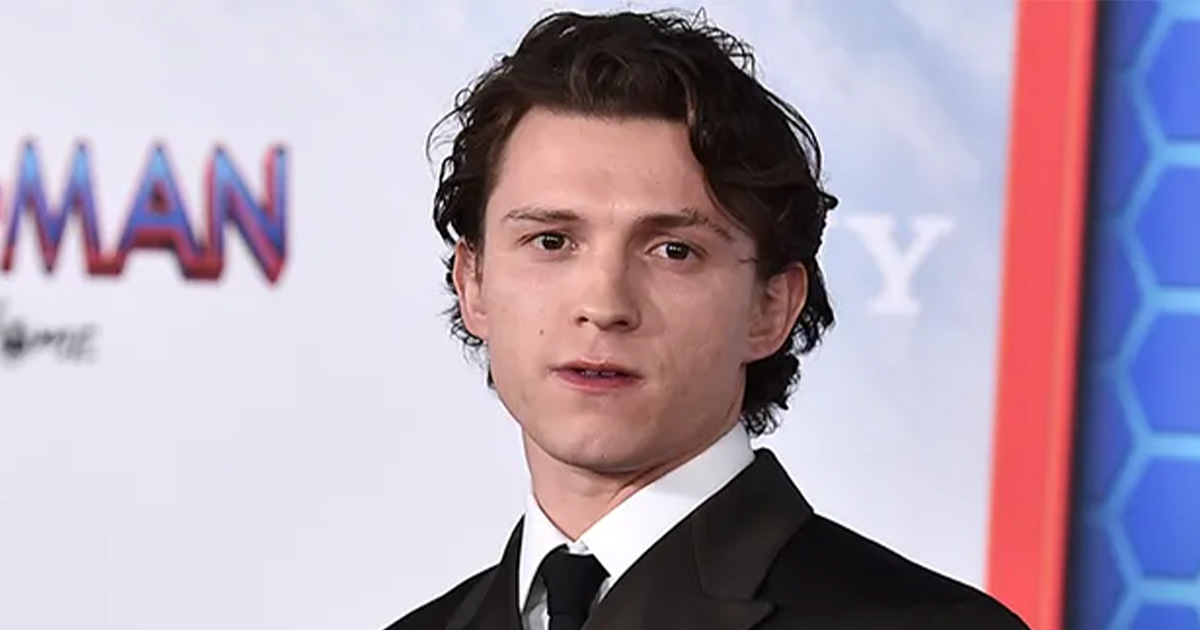Was This The Golden Age Of Television?
Television was a much smaller world back in the 60s, with basically only three channels and a handful of shows to pick from. But the number of high-performing comedies, dramas, and yes, variety shows, proved that the medium was starting to pick up slack from the movies. Let's take a look back at some of the best shows from 1965.
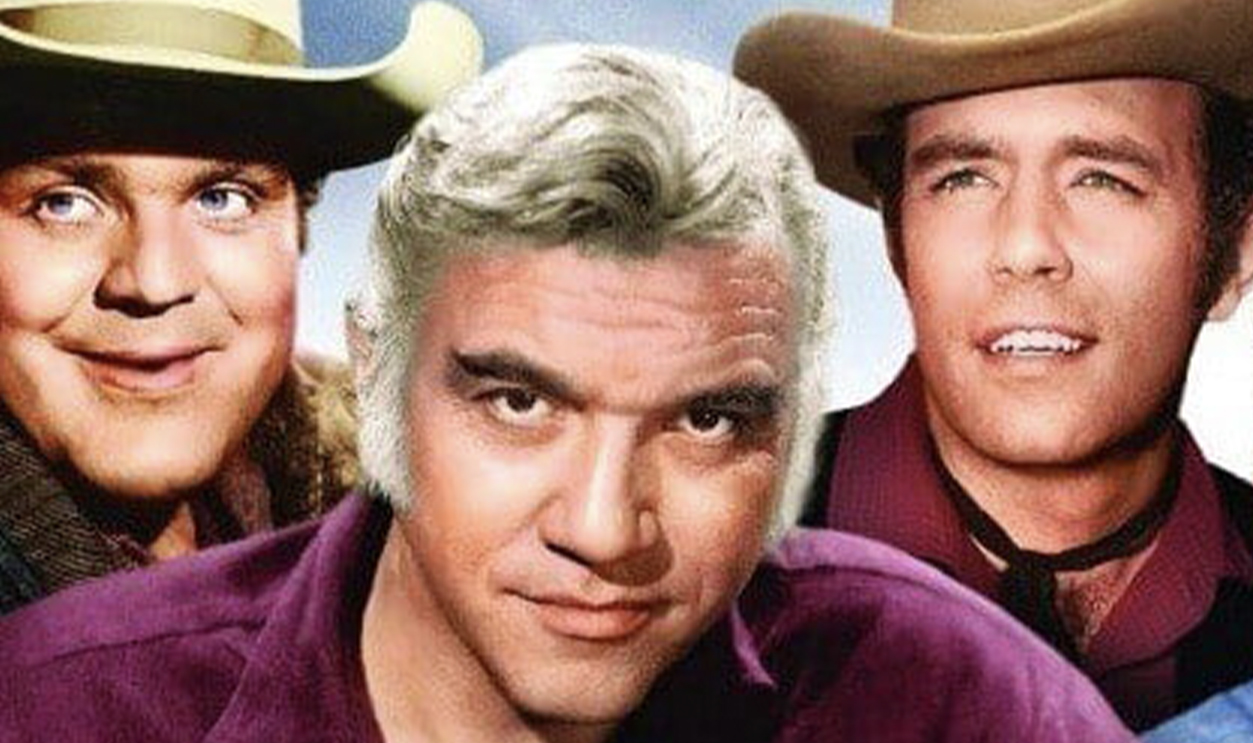
Bonanza
Running 14 seasons, Bonanza was a major institution of American television. It has admittedly been somewhat forgotten today, other than by the most nostalgic of boomers.
Bonanza
Of course, Bonanza aired while the Western genre was still popular on movie screens. Cowboy films generally went out of fashion during the 70s, which probably contributed to the show being scrubbed from memory.
Bewitched
Certainly ranking high in the echelon of television sitcoms is Bewitched. It hit gold by taking a note from a lot of high-concept witch-themed comedies from classical Hollywood, such as I Married A Witch, starring Veronica Lake.
Bewitched
Bewitched ran for eight seasons on ABC, but seemed to start to lag in popularity when show star Dick York had to be replaced due to failing health. The show unfortunately died a quiet death, being moved to an unfortunate timeslot in its final season.
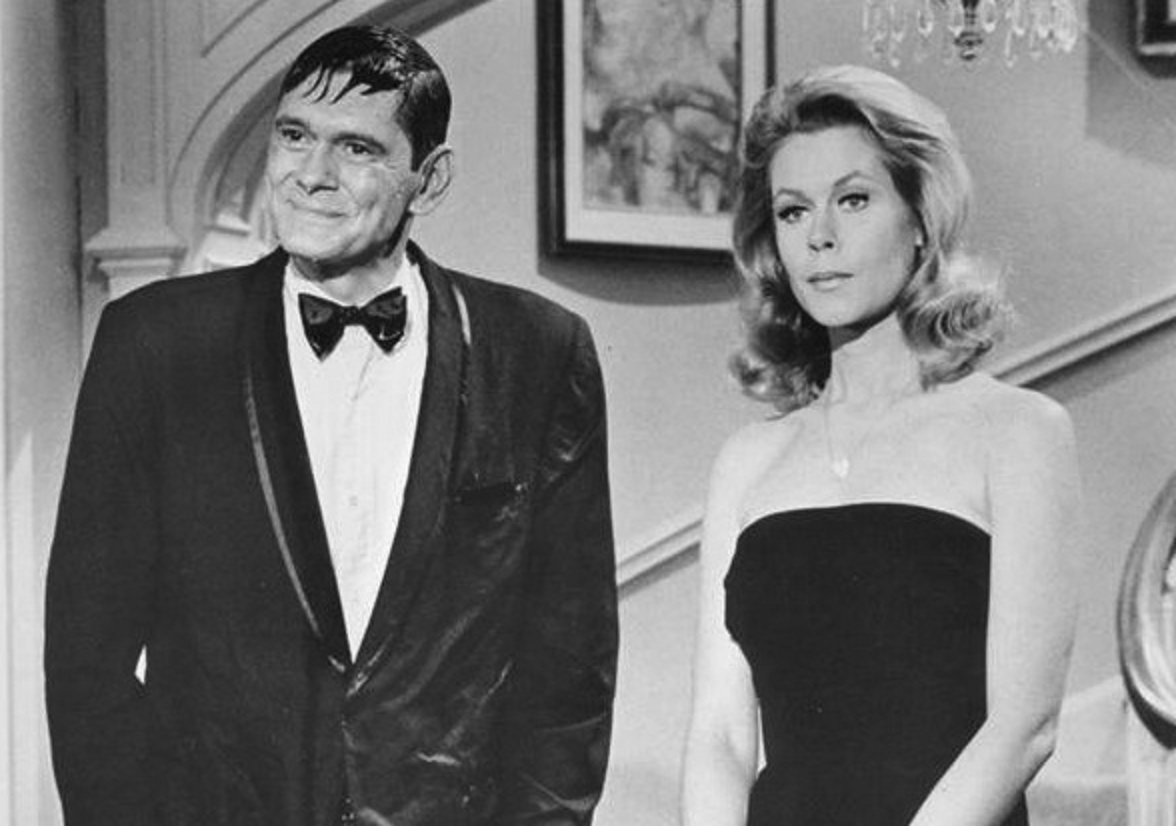 ABC Television, Wikimedia Commons
ABC Television, Wikimedia Commons
Gomer Pyle, USMC
A la Frasier from Cheers, some forget that Gomer Pyle, USMC was a spin-off of The Andy Griffith Show. It even eclipsed that point of inspiration in popularity at one point.
 CBS Television, Wikimedia Commons
CBS Television, Wikimedia Commons
Gomer Pyle, USMC
Over the show’s five-season run on CBS, the first was in black-and-white and the remaining were in color. It’s possible people bought new television sets just to see the show in the new format.
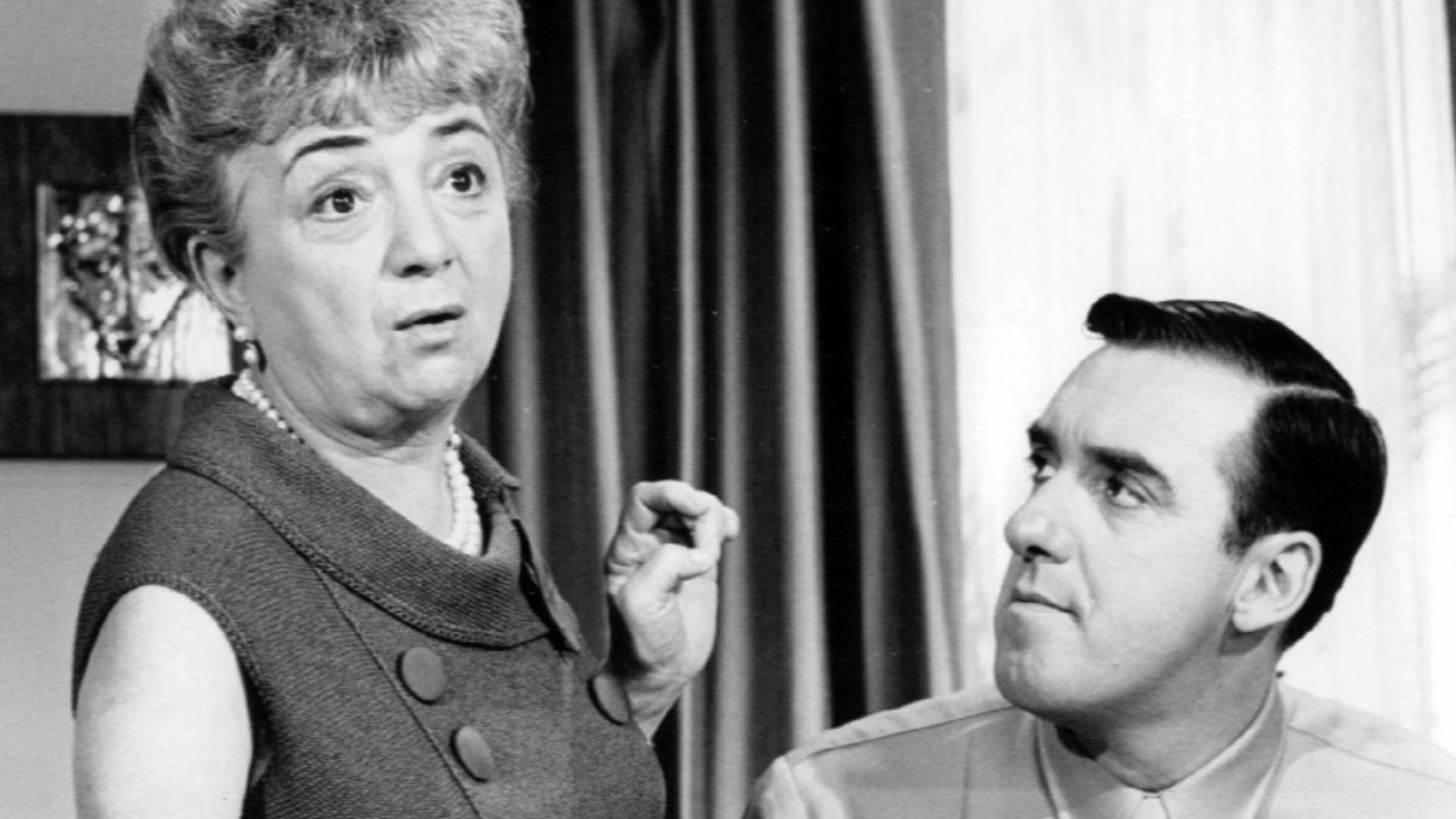 CBS Television, Wikimedia Commons
CBS Television, Wikimedia Commons
The Andy Griffith Show
Small town America saw itself reflected in the good-natured sitcom The Andy Griffith Show. The gentle humor made the show last for eight seasons on CBS.
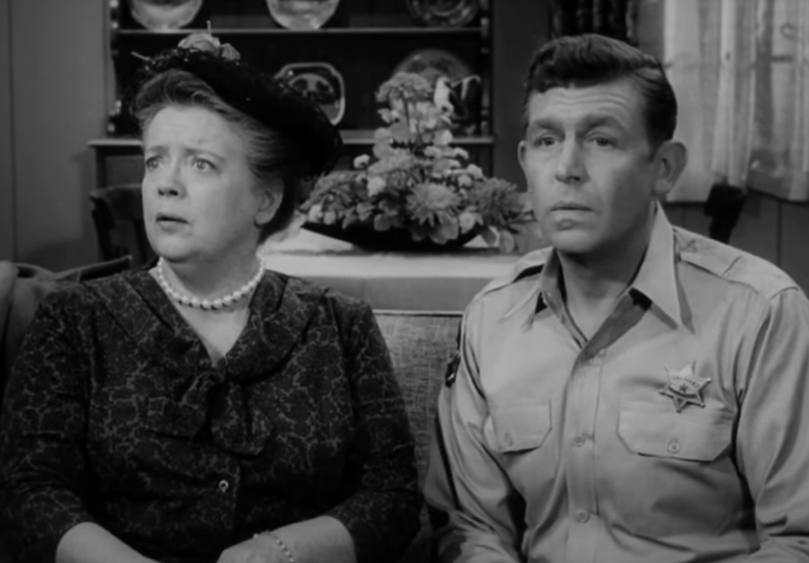 CBS, The Andy Griffith Show (1960–1968)
CBS, The Andy Griffith Show (1960–1968)
The Andy Griffith Show
The show boasted an impressive cast beyond just the titular star, also featuring comedian Don Knotts and future Hollywood stalwart Ron Howard. Howard even evoked the show for a 2008 video endorsement of Barack Obama.
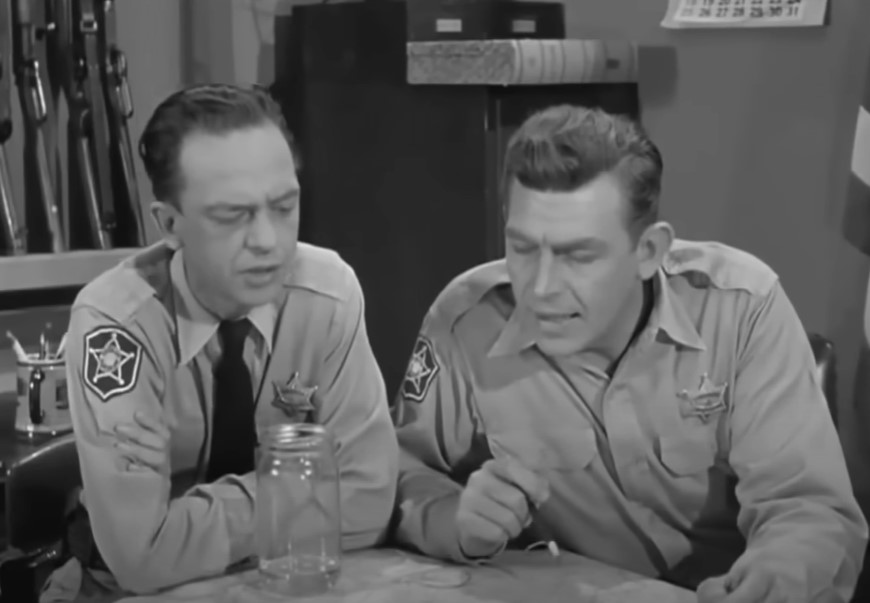 CBS, The Andy Griffith Show (1960–1968)
CBS, The Andy Griffith Show (1960–1968)
The Fugitive
The intellectual property of The Fugitive might be most associated now with the Harrison Ford blockbuster, but it’s important to acknowledge its beginning as a television show. Lasting four seasons on ABC, the mystery-drama kept audiences hooked for a long time.
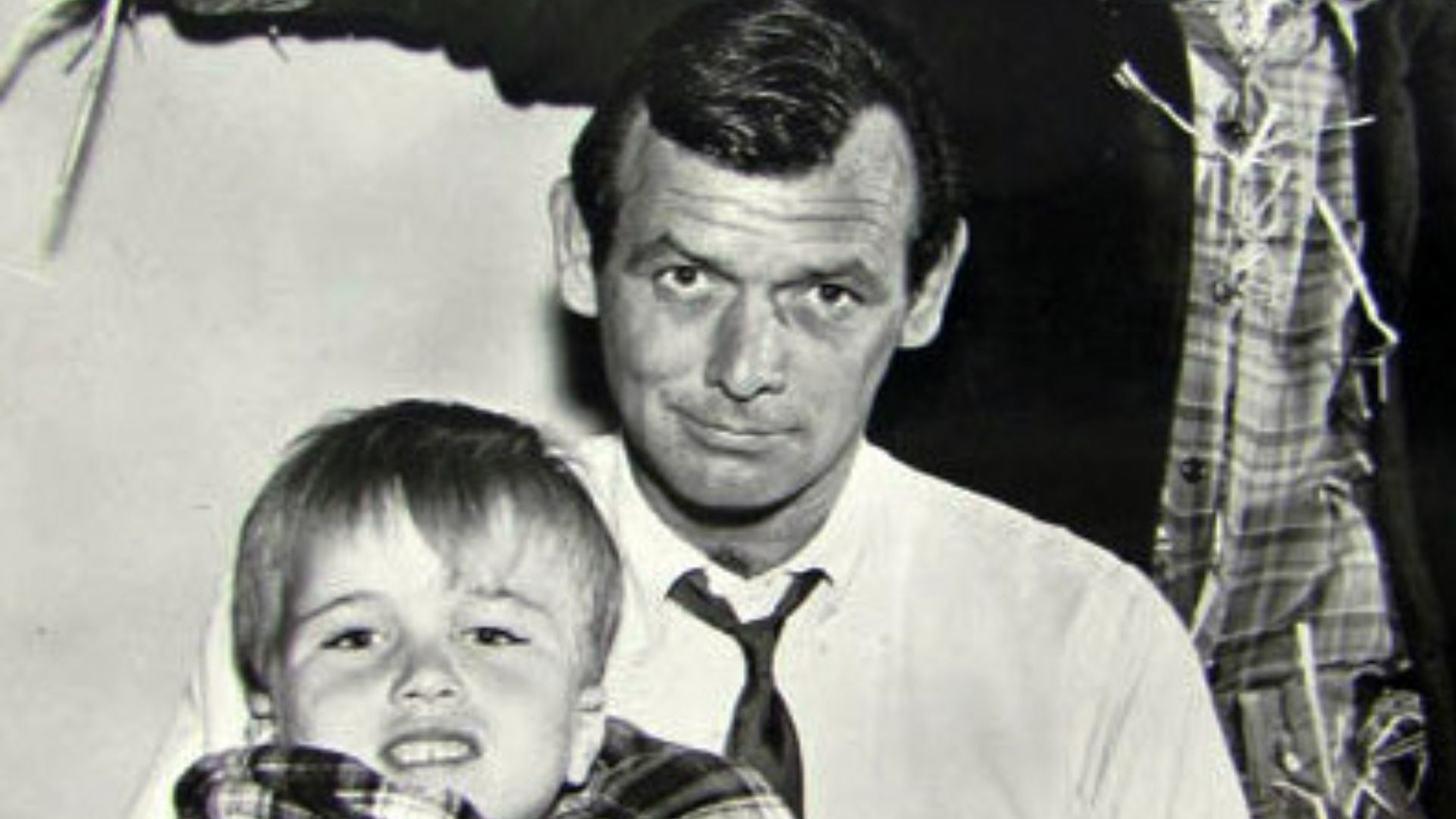 ABC Television, Wikimedia Commons
ABC Television, Wikimedia Commons
The Fugitive
The aforementioned Harrison Ford film wrapped up the mystery and adventure satisfyingly in two hours, so it’d be curious to see how it was done over four seasons. A short-lived 2000 remake on CBS seemed not to tell the story in a way that captured people’s imagination.
 ABC Television, Wikimedia Commons
ABC Television, Wikimedia Commons
The Red Skelton Hour
When one’s movie career dried up, there was always a second life as a television star awaiting. This was the case with Red Skelton, who’d been a star of radio and motion pictures.
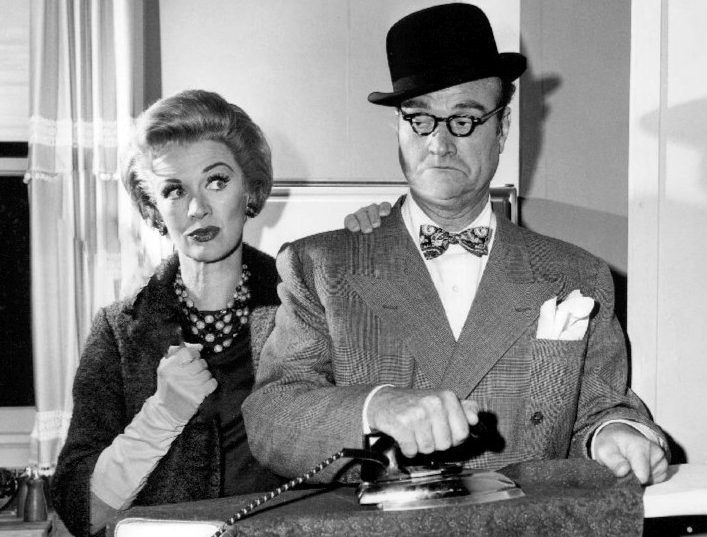 CBS Television, Wikimedia Commons
CBS Television, Wikimedia Commons
The Red Skelton Hour
As a variety show—a hopelessly dated format that’s basically gone today—The Red Skelton Hour was one of the most popular shows on television. We can likely deduce that the name Red Skelton doesn’t mean much to millennials or zoomers today.
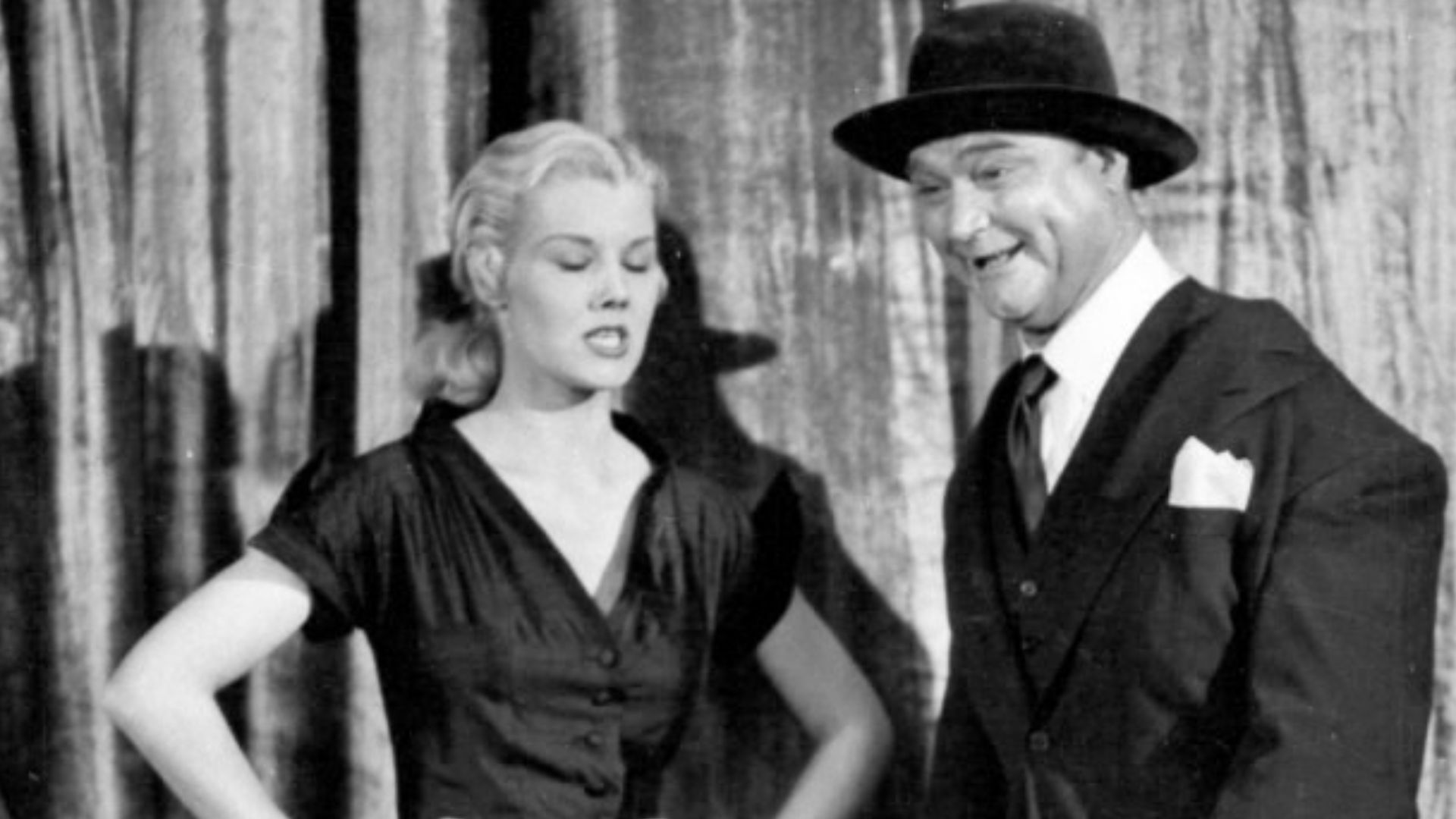 Globe Photos, Wikimedia Commons
Globe Photos, Wikimedia Commons
The Dick Van Dyke Show
Memories of The Dick Van Dyke Show still somewhat persist in the cultural imagination. This may be because the star is still, thankfully, alive to this day at age 99.
The Dick Van Dyke Show
Created by Carl Reiner, sitcom The Dick Van Dyke Show lasted for five seasons on CBS. The show broke ground for taking you behind the scenes of a fictional variety show, which was all the rage on television at the time.
 CBS Enterprises, Wikimedia Commons
CBS Enterprises, Wikimedia Commons
The Lucy Show
Following in the wake of I Love Lucy was this vehicle for America’s favorite television star. A big difference of course, was the lack of Lucille Ball’s on- and offscreen husband, Desi Arnaz, whom she had divorced.
 The Lucy Show, Wikimedia Commons
The Lucy Show, Wikimedia Commons
The Lucy Show
The Lucy Show was very successful in its own right, lasting for six seasons on CBS. That being said, nobody talks about its iconic moments as much as that other classic.
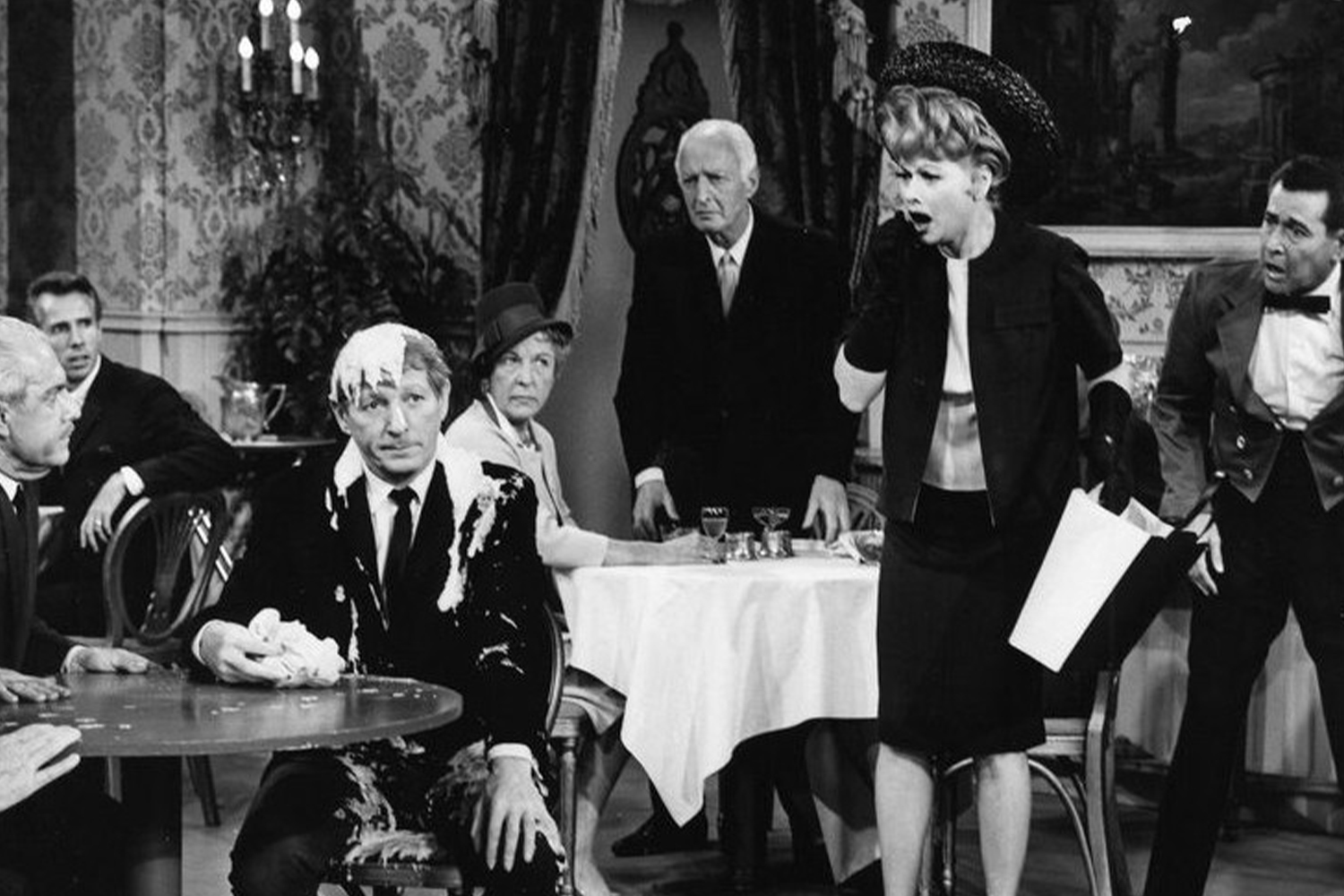 Wikimedia Commons - 1964 CBS Television
Wikimedia Commons - 1964 CBS Television
Peyton Place
The book Peyton Place by Grace Metalious probably spawned one of the most successful intellectual properties of the 1950s and 60s, inspiring multiple hit movies and the very popular television show. The drama proved that a soap opera could work in primetime.
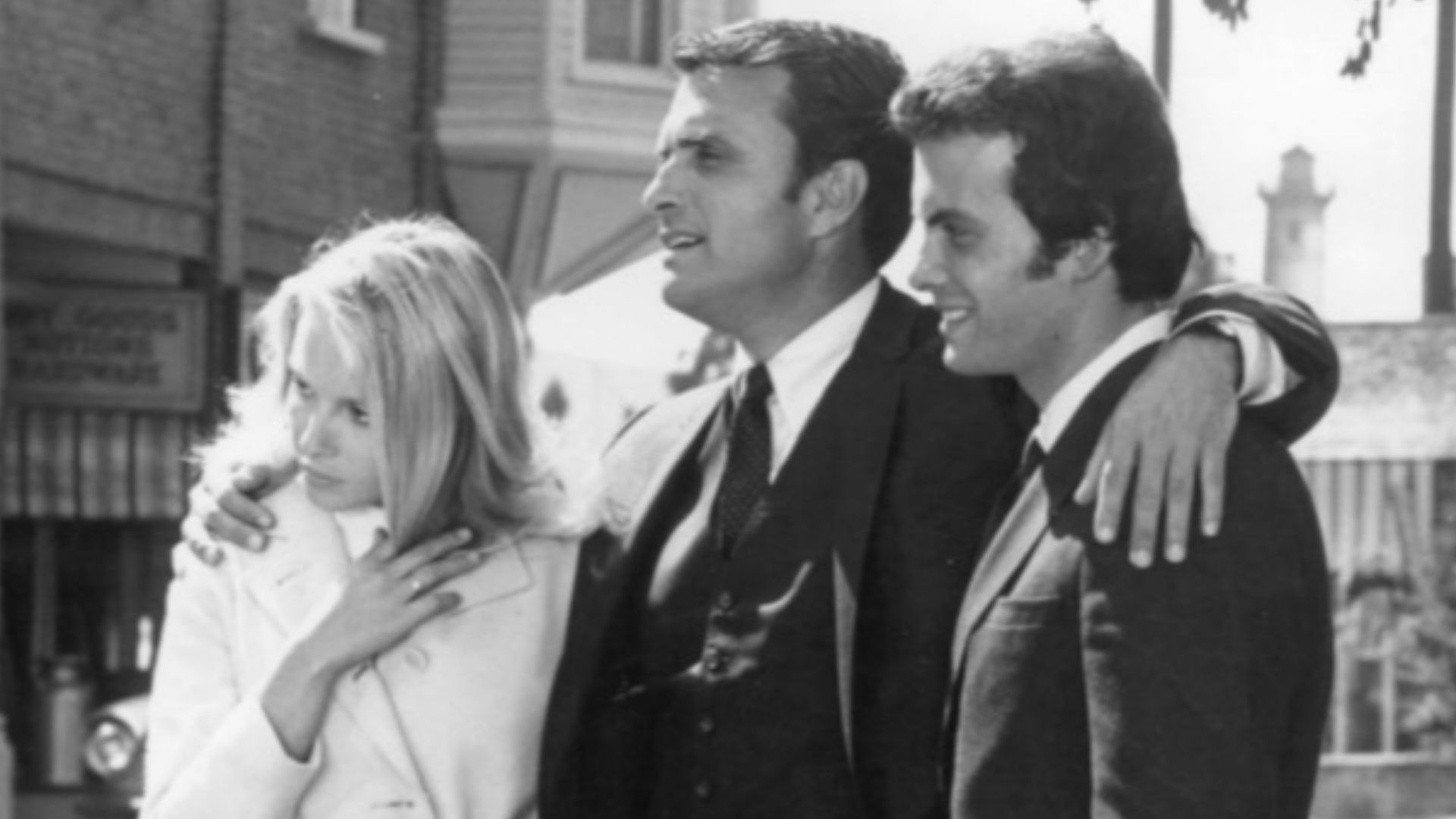 ABC Television, Wikimedia Commons
ABC Television, Wikimedia Commons
Peyton Place
Peyton Place’s influence was felt decades later with David Lynch and Mark Frost’s groundbreaking small-town soap opera deconstruction, Twin Peaks. In fact, virtually every small-town secrets drama owes a debt to Metalious’ original text.
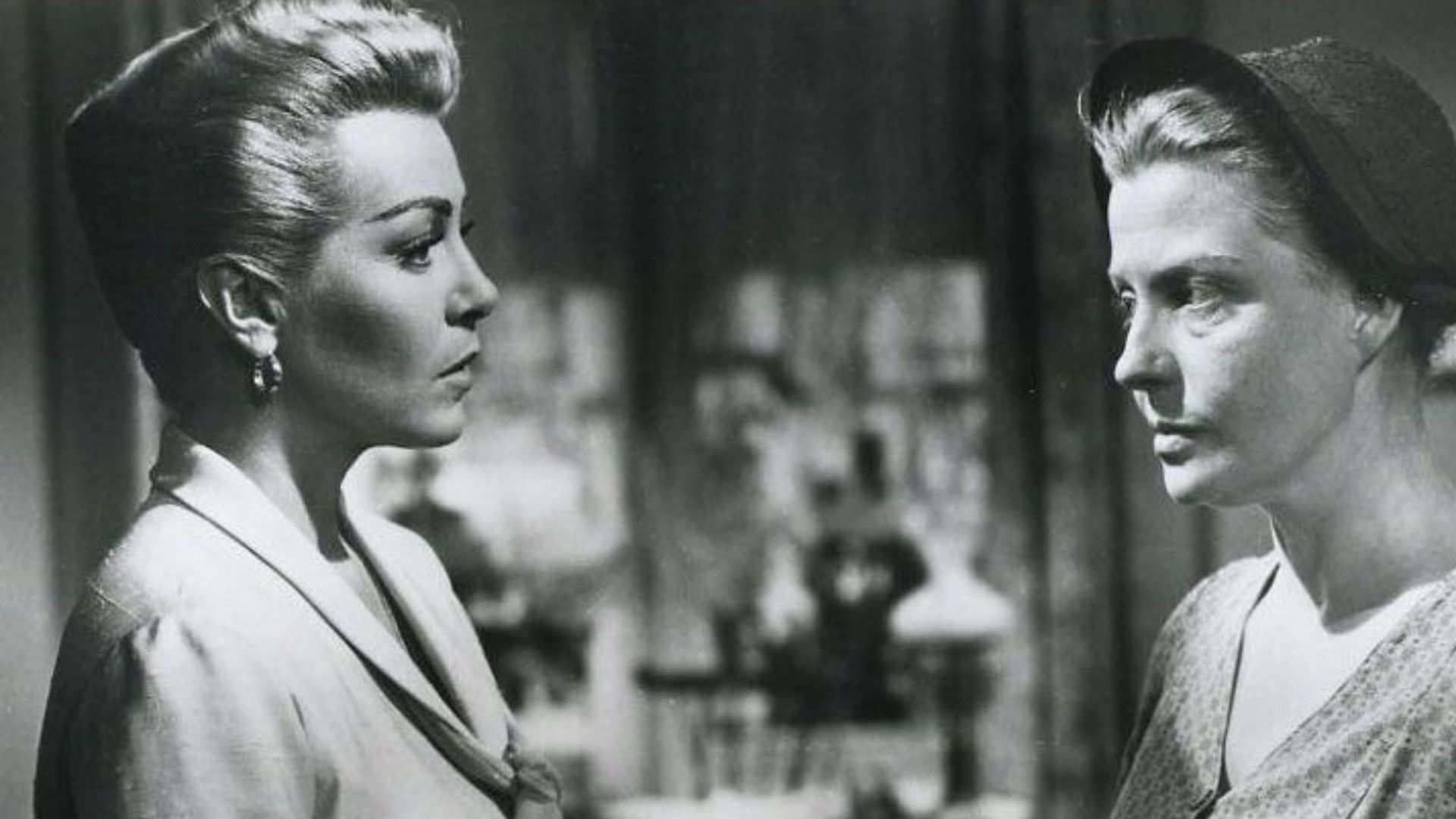 CBS Television, Wikimedia Commons
CBS Television, Wikimedia Commons
Combat!
The dramatization of WWII wasn’t just in a countless number of movies but also on television. Case in point, this popular Vic Morrow-starring show, which ran for five seasons on ABC.
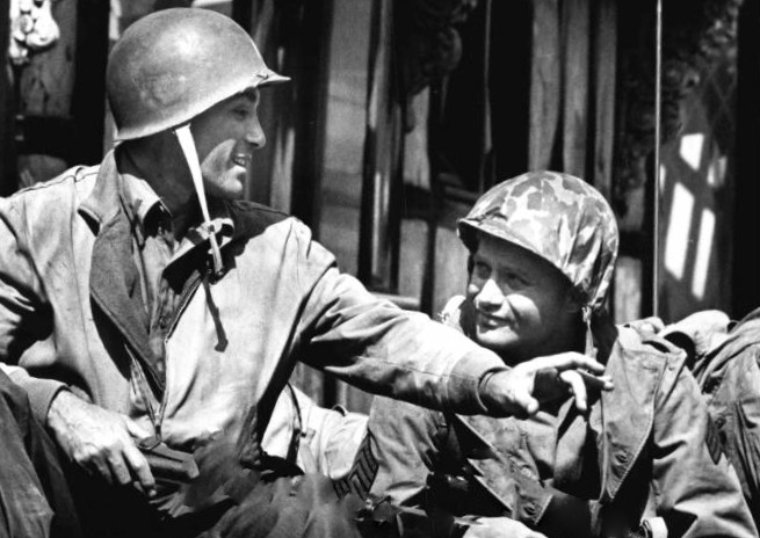 ABC Television, Wikimedia Commons
ABC Television, Wikimedia Commons
Combat!
For any curious cinephiles, future maverick director Robert Altman would cut his teeth on the show, directing 10 episodes over its run. It’s a sign that there was always extreme talent waiting to break out on television.
Walt Disney’s Wonderful World Of Color
Part of Walt Disney’s genius expansion of his empire was using various television anthology shows to advertise his brand. One of these was Walt Disney’s Wonderful World of Color, which aired on NBC from 1961 to 1969.
Walt Disney’s Wonderful World Of Color
Generally, Disney’s shows had aired on ABC, but the mogul found himself moving to NBC, who could take advantage of the new color television format. Coincidentally, Disney passed away in the middle of the show’s run in 1966.
The Beverly Hillbillies
CBS dominated in the sitcom field during the 60s, as they would years later with all the awful Chuck Lorre shows. The Beverly Hillbillies was one of their most popular of these programs.
 The Beverly Hillbillies | Season 2 Episode 16 | The Giant Jack Rabbit by Wild West TV
The Beverly Hillbillies | Season 2 Episode 16 | The Giant Jack Rabbit by Wild West TV
The Beverly Hillbillies
Of course, the concept of Ozark residents striking rich and living among the California elite was too good not to love. The idea was mined for nine seasons' worth of laughs.
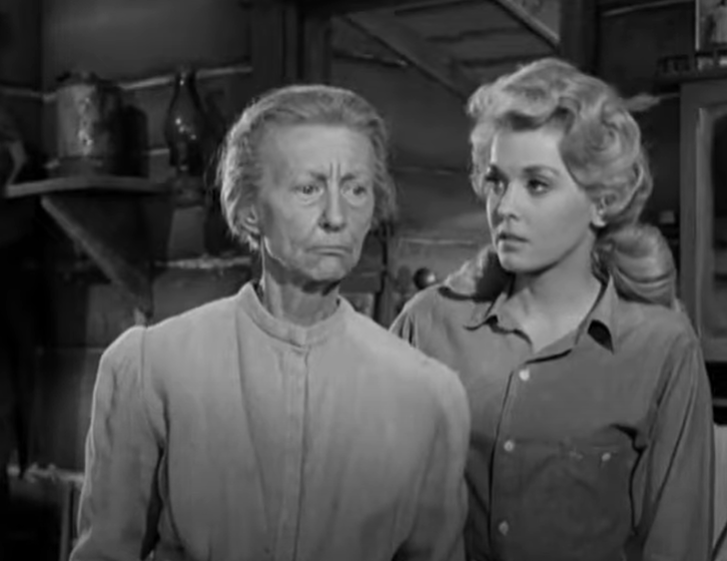 CBS, The Beverly Hillbillies (1962–1971)
CBS, The Beverly Hillbillies (1962–1971)
My Three Sons
If you want to understand why television was considered somewhat of a square medium, well beyond the aspect ratio of the shows, just look at My Three Sons. The family values sitcom seemed like something that was aimed directly at the Ned Flanders portion of America.
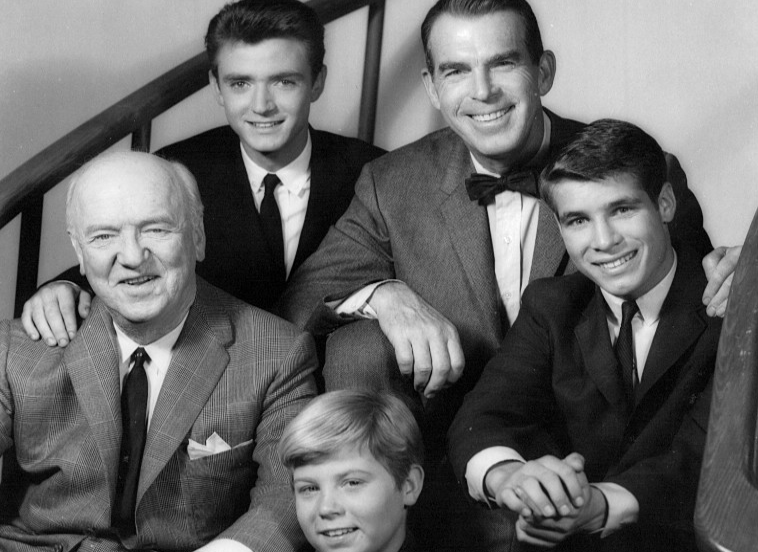 ABC Television, Wikimedia Commons
ABC Television, Wikimedia Commons
My Three Sons
Lasting 12 seasons, even going from ABC to CBS for the sake of being filmed in color, the show certainly maintained a loyal fan base. That being said, it feels like a relic of a different time.
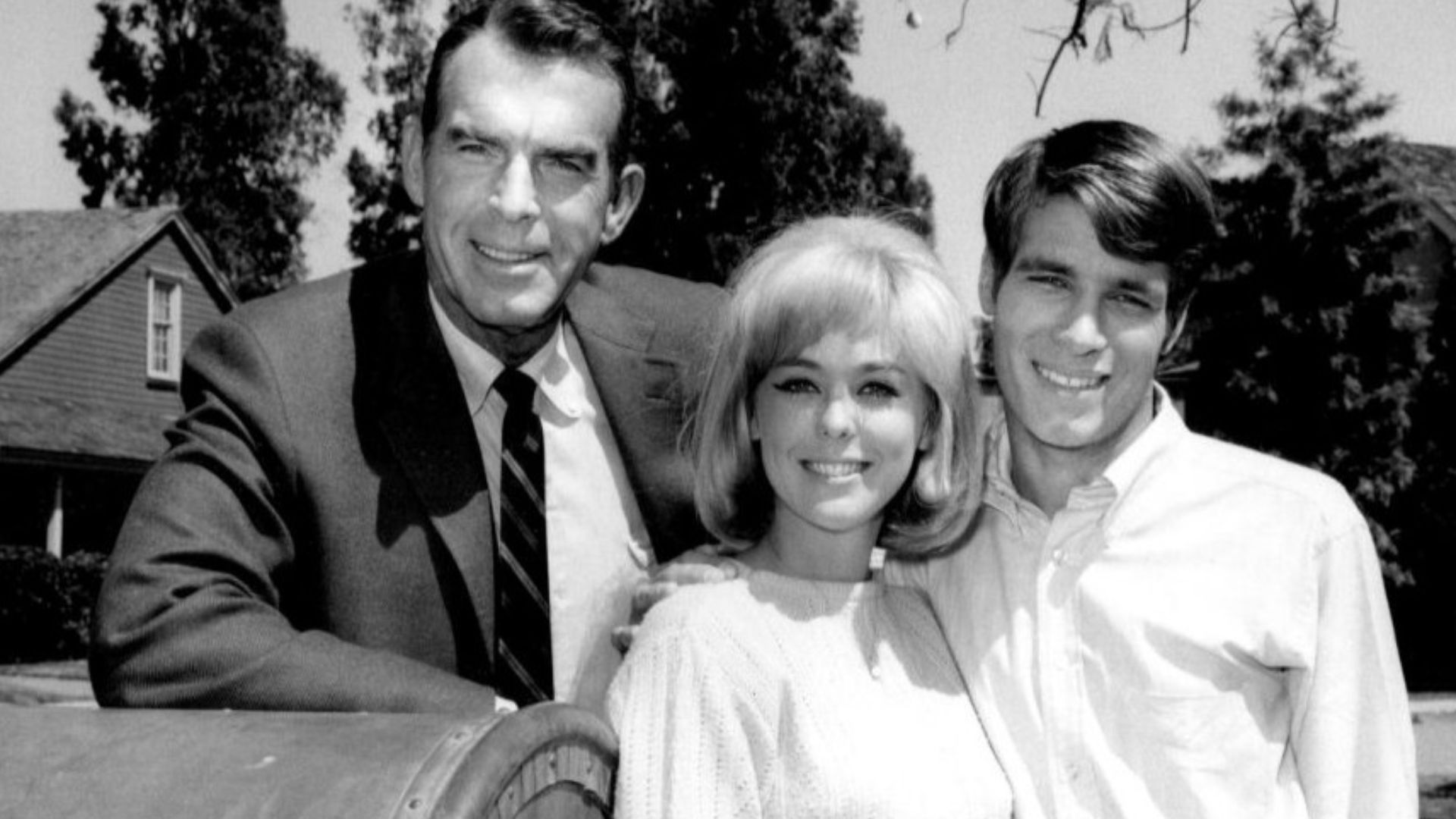 CBS Television, Wikimedia Commons
CBS Television, Wikimedia Commons
Branded
Branded was one of many popular Western shows from the 60s. However, its popularity was somewhat short-lived, as it only lasted two seasons.
 NBC Television, Wikimedia Commons
NBC Television, Wikimedia Commons
Branded
Probably the only cultural footprint of Branded was a joke in The Big Lebowski. Though, for all we know, a reboot might be in the works.
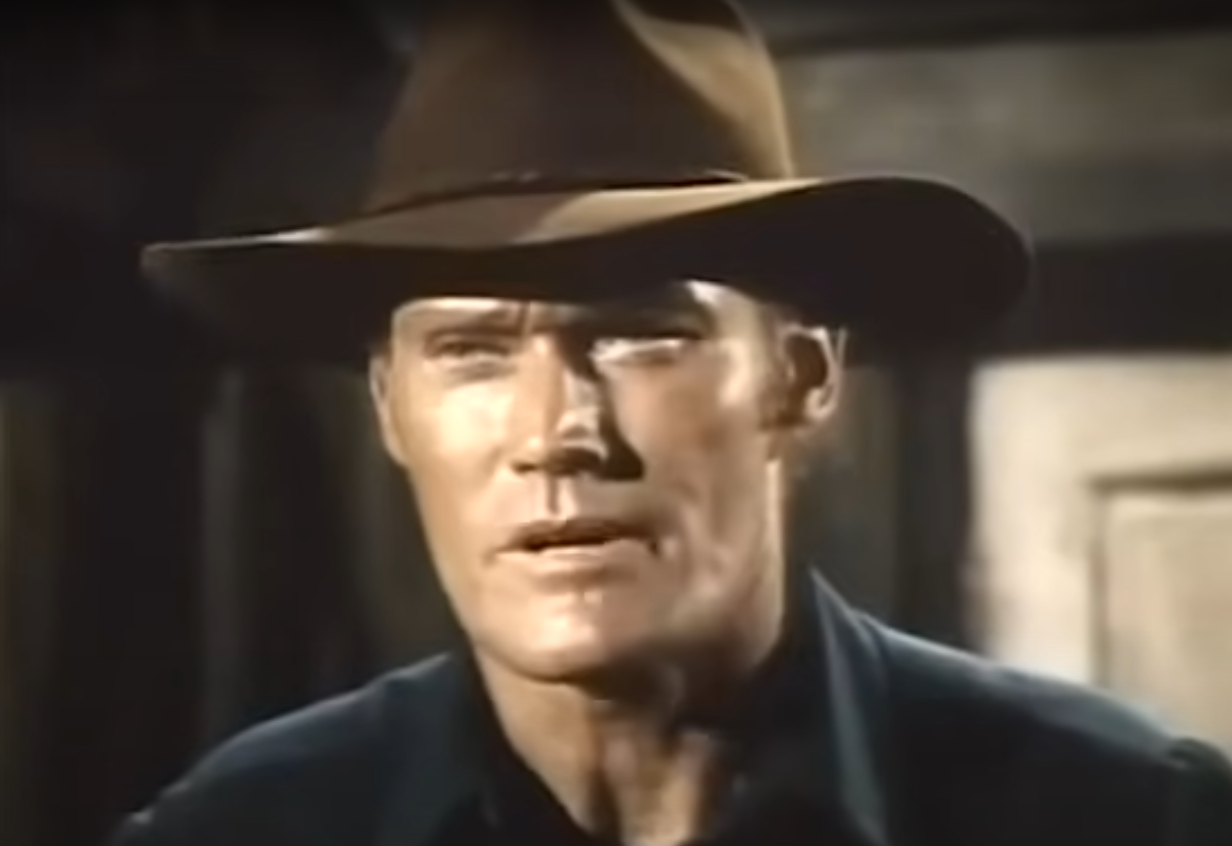 Madison Productions, Branded (1965–1966)
Madison Productions, Branded (1965–1966)
Petticoat Junction
Not to be confused with the Cary Grant movie Operation Petticoat, this sitcom ran on CBS for seven seasons. It was from the same creator as The Beverly Hillbillies, Paul Henning.
 CBS Television, Wikimedia Commons
CBS Television, Wikimedia Commons
Petticoat Junction
The show also had a successful spin-off called Green Acres, which lasted six seasons. It seems like Paul Henning was a guaranteed hitmaker at the time.
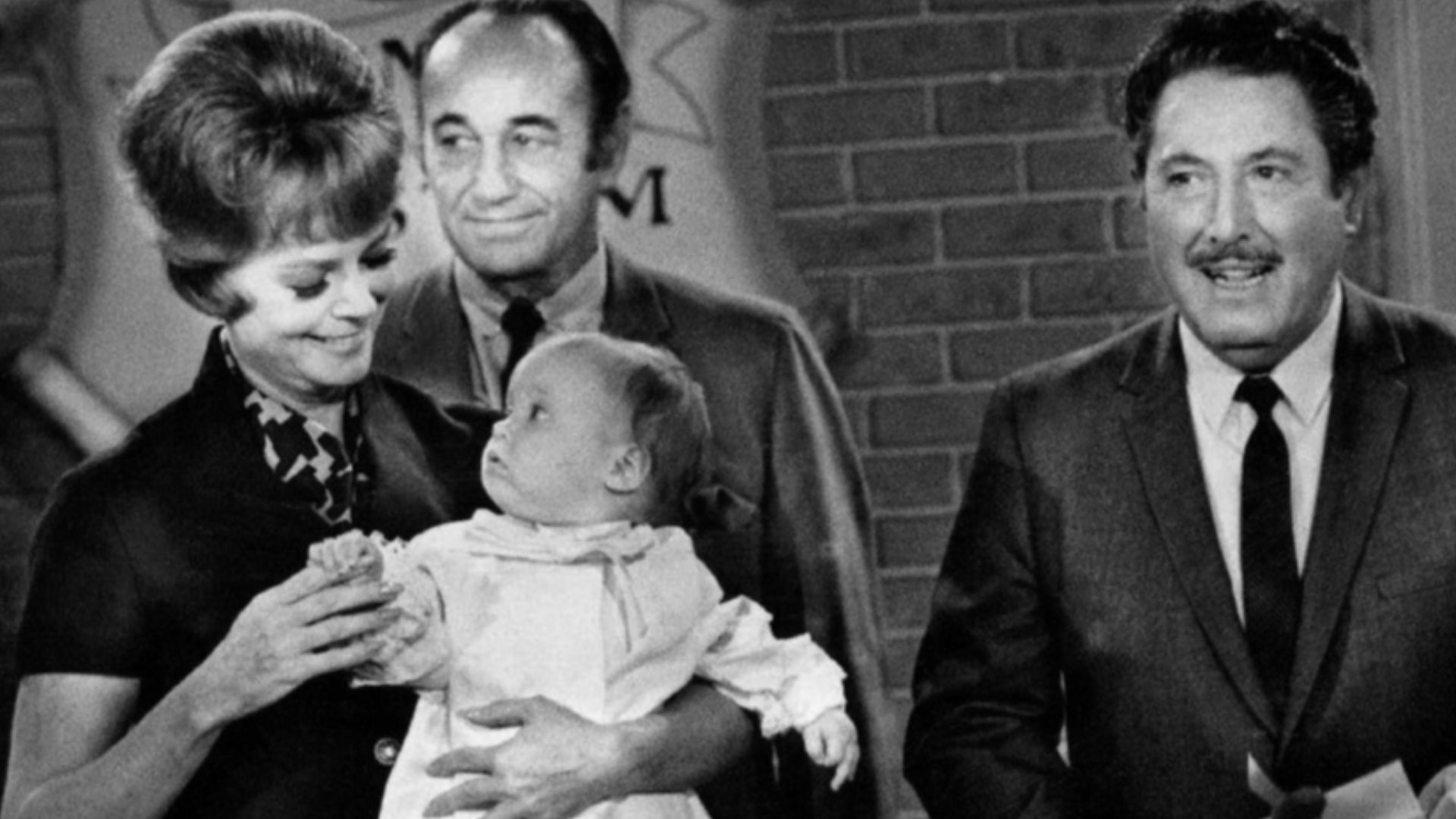 CBS Television, Wikimedia Commons
CBS Television, Wikimedia Commons
The Ed Sullivan Show
Dating to the very beginnings of television in the late 40s, The Ed Sullivan Show was, simply put, an American institution. It even lasted until the early 70s on CBS.
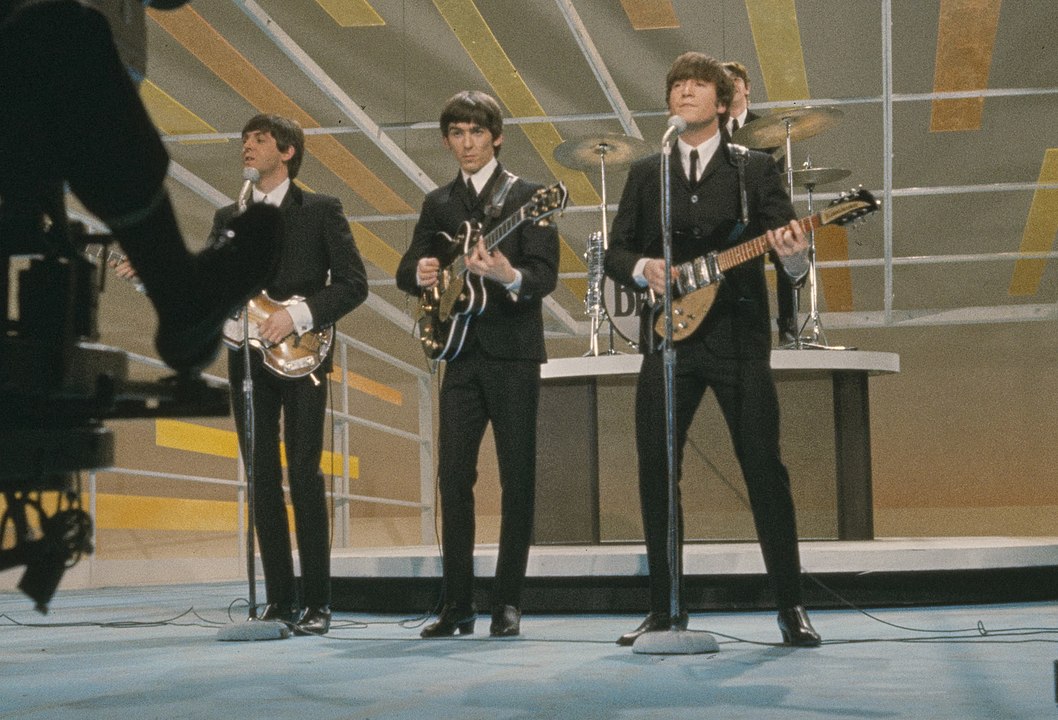 Library of Congress, Wikimedia Commons
Library of Congress, Wikimedia Commons
The Ed Sullivan Show
One of many variety shows on this list, the program, beyond just having a lot of comedy, also provided many spotlights for music. All genres were highlighted on the show—even opera!
 CBS Television, Wikimedia Commons
CBS Television, Wikimedia Commons
Lassie
America’s love affair with dogs was well evidenced in the long-running television series Lassie, which ran 19 seasons on both CBS and in syndication. One has to wonder how many adventures that dog possibly could’ve gotten up to.
 Batten, Barton, Durstine & Osborn for the show's sponsor, Campbell's Soup, Wikimedia Commons
Batten, Barton, Durstine & Osborn for the show's sponsor, Campbell's Soup, Wikimedia Commons
Lassie
This list is centered around the year 1965, and that was the first one in which Lassie was broadcast in color. A good question would be how many of its most dedicated viewers associated the show with black-and-white and how many with color.
The Munsters
Large swaths of the American public may have an aversion to horror films, but The Munsters made the Universal Monsters lovable to many. The formula was just to make it as much of a sitcom as possible, with no real gothic overtones.
 CBS Television, Wikimedia Commons
CBS Television, Wikimedia Commons
The Munsters
One of the strangest under-the-radar films of late was heavy metal musician and horror filmmaker Rob Zombie’s film reboot of The Munsters from a few years back. A deliberately corny movie made for seemingly nobody outside the director, it at least proved that intellectual property could be milked to very strange results.
Gilligan’s Island
Few television shows conjure boomer nostalgia as much as Gilligan’s Island. This is actually quite curious, since it only ran for three seasons.
 CBS Television, Wikimedia Commons
CBS Television, Wikimedia Commons
Gilligan’s Island
The popularity of Gilligan’s Island actually blossomed when it hit syndication in the 70s and 80s. So, if anything, it’s a figure of Gen X nostalgia, too.
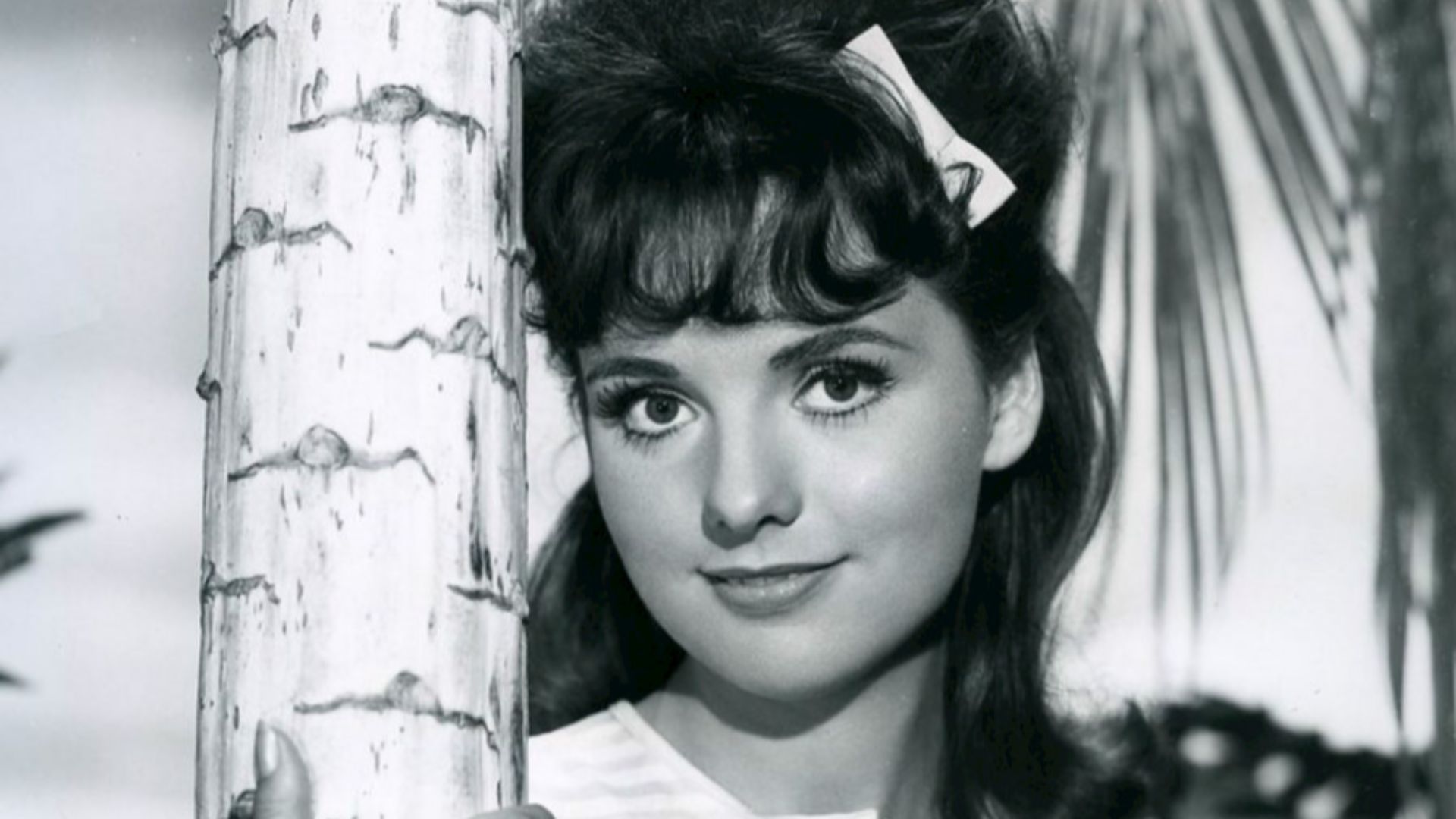 CBS Television, Wikimedia Commons
CBS Television, Wikimedia Commons
The Jackie Gleason Show
The Honeymooners star Jackie Gleason was so beloved by television viewers that he was awarded his own variety show. He was someone who remained consistently popular throughout the decades.
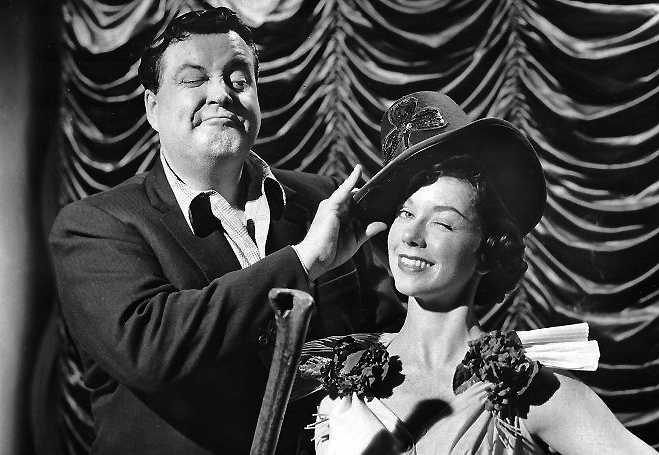 CBS Television, Wikimedia Commons
CBS Television, Wikimedia Commons
The Jackie Gleason Show
A bit of trivia was that Jackie Gleason was initially the first choice for the role of Popeye Doyle in The French Connection. He was definitely capable of acting beyond just corny variety shows and sitcoms—however, behind the scenes, Gleason's cheery performances masked disturbing secrets. While many may think Gleason earned the nickname “The Great One” thanks to his enormous legacy on television he actually got this outsized reputation because of his horrible temper, bottomless penchant for partying, and some very bad bedroom behavior.
You May Also Like:
Forgotten Old Hollywood Actresses
Forgotten Shows From The Golden Age Of Television
 NBC Television, Wikimedia Commons
NBC Television, Wikimedia Commons
Sources: , , 3, 4, 5, 6, 7, 8, 9, 10, 11, 12, 13, 14, 15, 16, 17, 18, 19, 20

